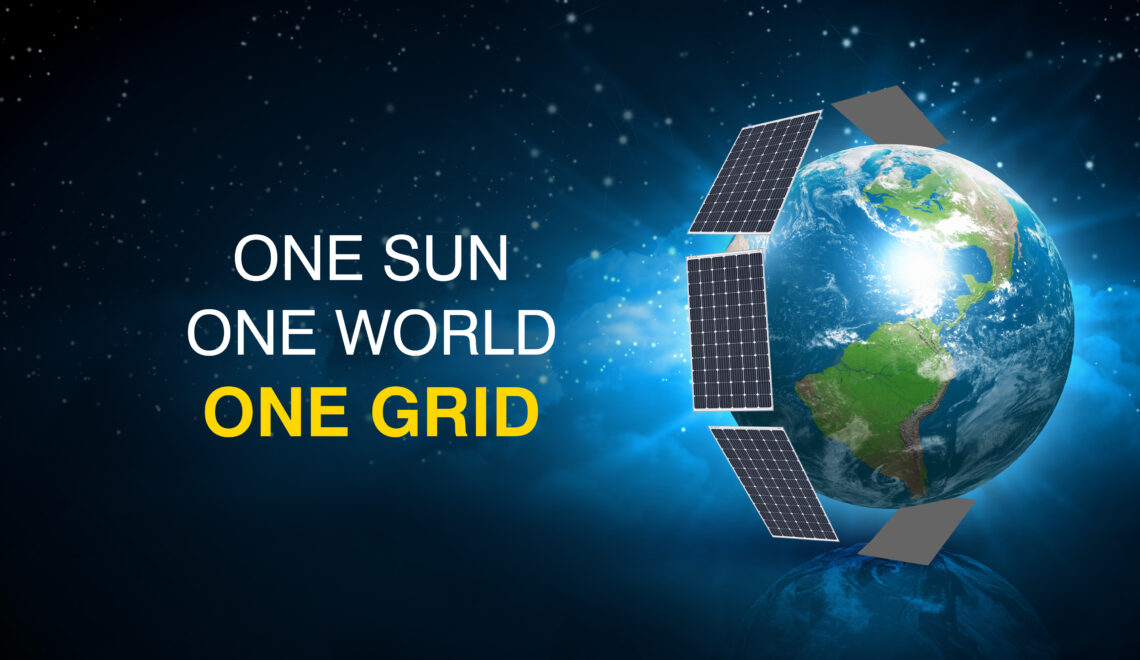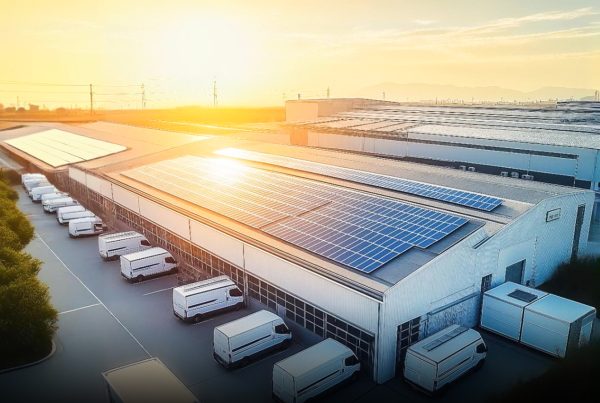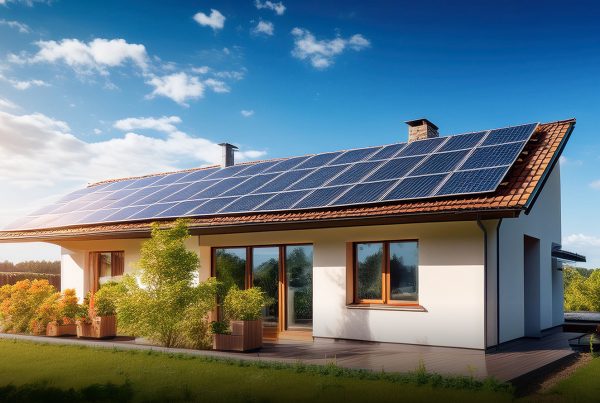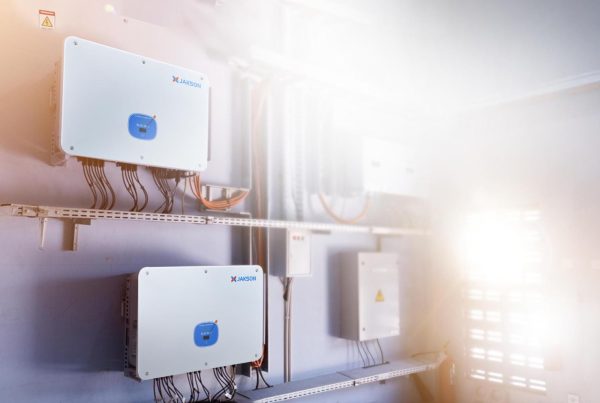“The Sun Never Sets.” Even in the middle of the night, it shines with all the flashes on the other side of the planet and carries the potential to meet the energy demands of the entire human race.
But do we have the required approach and technology to harness this constant energy source? The answer is in affirmation, and the whole world is making giant strides through path-breaking initiatives like OSOWOG (One Sun One World One Grid).
It is a Green Grids international initiative to establish an interconnected global power grid. With this project, the wholesome energy comes from diversified energy sources, known as solar, wind, and hydro flows across the nations and continents.
The idea was 1st put out by India’s Prime Minister, Mr. Narendra Modi in 2018 at the International Solar Alliance and subsequently the project was launched at the 2021 United Nations Climate Change Conference, generally referred to as COP26 held in Glasgow, Scotland, United Kingdom. India spearheads this initiative in partnership with the UK’s Green Grids Initiative to deploy solar power worldwide.
This initiative revolves around the approach to establish a smooth flow of renewable energy from where it is in surplus to where it is required the most. It envisages the dream to float green energy across the globe and prevent the hindrance of intermittent renewable energy.
“The initiative has a projected investment potential of $1 trillion by 2030.”
Indeed, the mighty vision of OSOWOG will be proved inspirational for the nations to meet the targets of the Paris Agreement to limit greenhouse gas emissions. But the main concern is how it will be implemented despite having a diverse geopolitical situation and grid instability.
As per the defined roadmap, it will be implemented in three phases:
• In the first phase, the Indian grid will be connected to the grids of the nations from the Middle East, South-East Asia to establish a common grid. Then this grid will be solely responsible for sharing the clean energy as per the requirement.
• The second phase will launch the first common grid to the energy pool functional in Africa.
• The third phase is the most crucial one as it is designed for global interconnection. The vision behind this is to establish a common power grid by involving as many nations, and that can be accessed worldwide.
“The third phase will connect the grid to the rest of the world; the grid aims for 2,600 GW of interconnection by 2050.”
Now it has become a global phenomenon, so the hindrances in the implementation are inevitable. We at this moment mention some of the significant ones:
Geopolitics
· India spearheads the project to become world leader, but the menace of Covid-19 has impacted this endeavour, and many geopolitical implications come into existence
·The cost-sharing model would be difficult to calculate as multiple nations are involved, and their solar power production and usage varies
· Building consensus among 140 nations is not an easy task as we are already witnessing a tussle between many countries for their respective interests.
Varied Global & National Interests
· The nations will have to infuse capital to realize OSOWOG. This will hinder the progress of the project
· Any geopolitical tussle between member nations will lead to destabilize the whole project
· India by itself has multiple states, and multiple states lead to different policy frameworks. So clean energy developers have to deal with various laws and regulations
· It is debated that the project will hinder the purpose of the on going Aatmanirbhar Bharat (Self-dependent India) vision, as it leads to share energy with other nations
· A grid needs a constant baseload, so maintaining grid stability would be difficult as power comes from varied sources.
China’s Ambitions
China is already functioning with its indigenous grid sharing model GEIDCO which links the nations in Asia, Europe, and Africa. And with its sizeable producing capacity of solar power, the existence and development of OSOWOG can be hindered.
Unforeseen events
· A global network of the grid is very susceptible to accidents, weather, and wide enough to disrupt the supply on a mass scale.
· The grid can also be proved prone to cyber-attacks and to calculate cost-sharing would be more difficult.
· Despite these hurdles, the OSOWOG project has a vision and resources to become a trendsetter globally. If we laid eyes on the global platform, we could see some successful projects on a common grid-like Viking Link.
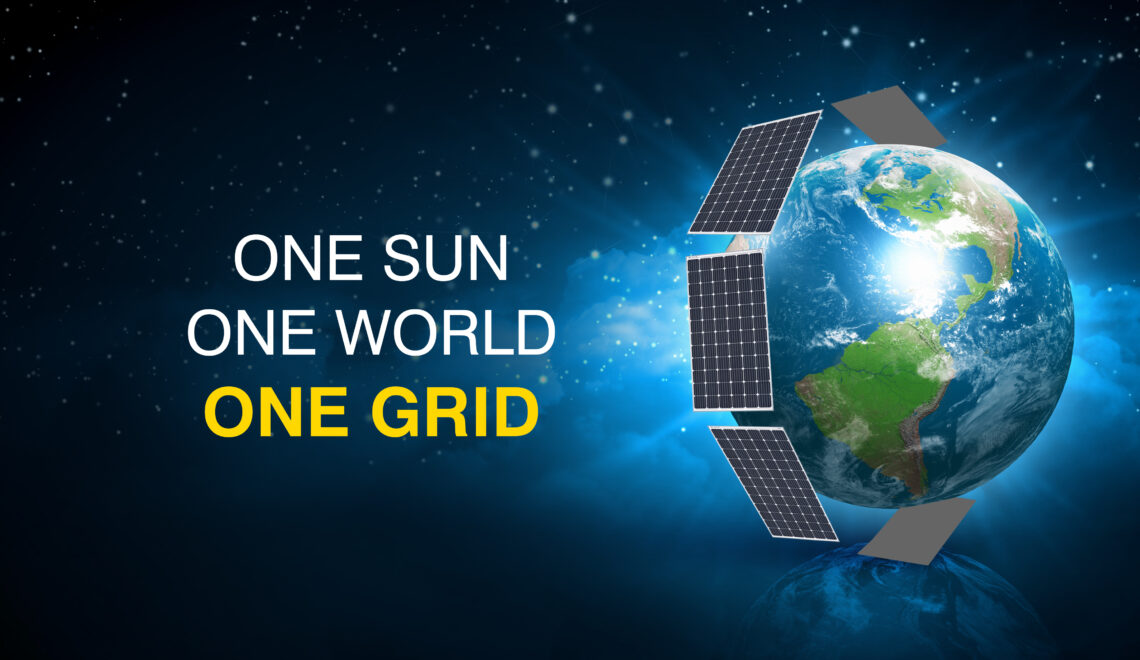
It is a 760 km-long underwater transmission link between the UK and Denmark. In a significant breakthrough, it is proposed to transmit 1,400 MW High Voltage Direct Current (HVDC) and is expected to start by 2023. OSOWOG can also achieve success of this magnitude if it involves robust regulatory institutions like European Union and regional cooperation. Anyways, if India is committed to reach Net-Zero emission by 2070, the success of this project is of utmost importance. To do so, India would need over 5600 GW of Solar Power Capacity, as per COUNCIL ON ENERGY, ENVIRONMENT AND WATER (CEEW). And it is only possible when ambitious projects like OSOWOG will get success. So what is the need of the hour to make OSOWOG successful? Well, the answer lies in hindrances. For OSOWOG to shine, such limitations must part. First, there has to be a constant balance between regional and global cooperation. To do so, all the participating nations look for institutional mechanisms and regulatory bodies that are stable and follow open-market policies. The cog in the wheel approach must be discarded, and no country can dominate others, , irrespective of its producing capacity and capital might.
The Way to Conclusion
Through OSOWOG, the key is to make renewable energy systems globally accessible through regional and global interconnected grids. And if all the stakeholders espouse mutual interest, it mitigates the overall cost, pave the way for higher efficiency and sustainability. The green initiative may also pave the way for spillover, especially for developing Asian and African economies. Through this, they can achieve last-mile energy connectivity, and saved capital can be allotted to other social causes. And if desired global collaboration is achieved, it will bring more investment into research and development.

